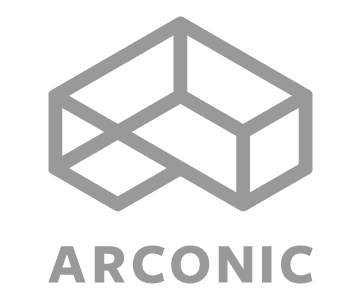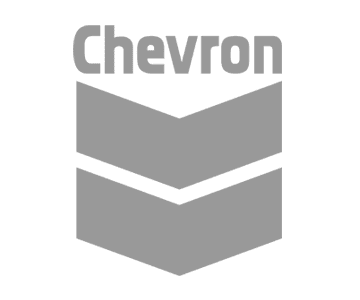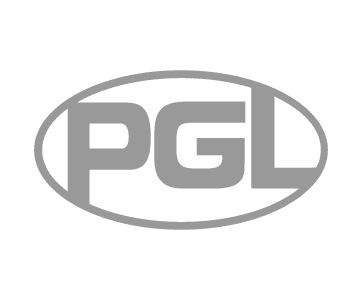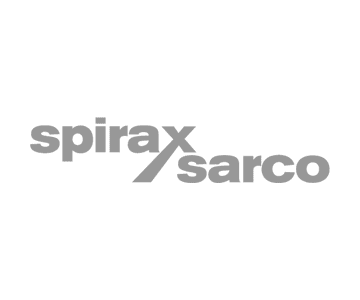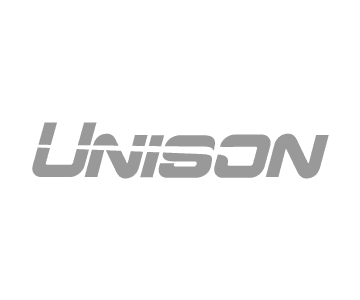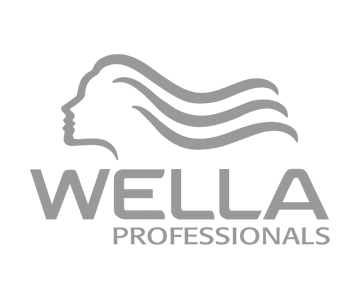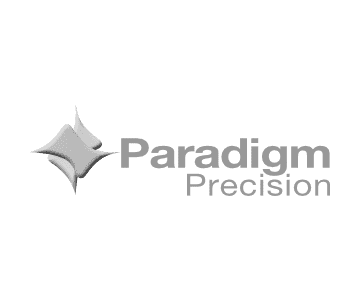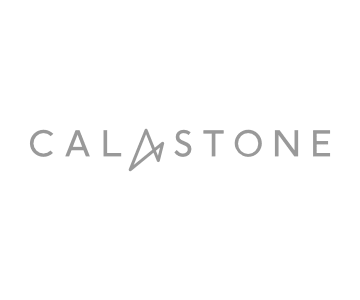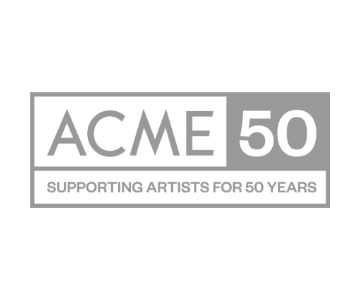Projection mapping has the potential to revolutionise night-time marketing and advertising, offering a unique and captivating approach that can engage audiences and leave a lasting impression. This technology’s versatility and adaptability make it an attractive option for a wide range of marketing objectives, from raising brand recognition to promoting new products and services.
Projected media is flexible, from building projections to interactive displays, immersive environments, product exhibitions, and guerrilla marketing. Coca-Cola, Nike, Disney, Hyundai, and Scottish Widows have already leveraged projection mapping in their marketing initiatives, creating unforgettable experiences and imagery that draw attention and generate brand awareness.
The innovative projection mapping techniques have transformed how we think about night-time marketing and advertising. Projections enable advertisers to create an engaging and aesthetically pleasing experience that can turn any surface into a dynamic display using specialised software and projectors. Advertisers are likewise employing projections in TV commercials production.
We’ll take a closer look at how projection mapping alters the marketing and advertising world.
Multimedia content shines with projection mapping.
As technology advances — laser projectors get brighter, smaller and lighter — future projection mapping applications evolve even more innovative. As a result, it is transforming the marketing and publicity landscape. It is a powerful means for advertisers to create vibrant and visually stunning presentations that captivate audiences and deliver messages effectively — containing an authentic mixed bag of content from live-action, prerecorded videos to AI-generated animations. It can even form parts of laser and aerial drone light shows.
What is Projection Mapping?
Projection mapping is a technology that beams images onto a 3D surface, such as a building, statue, or vehicle. The graphics are carefully mapped onto the surface to create the appearance of depth and movement. Projection mapping can produce various effects, from simple colour changes to complex animations that react to sound or motion — full-blown audio-visual on a massive scale.
One of the critical advantages of projection mapping in advertising is its ability to provide viewers with a unique and memorable experience. Advertisers can create a sense of awe and surprise by projecting images onto a surface, which can be challenging to do with traditional advertising methods. In addition, projection mapping is excellent at telling stories to deliver a message in exciting and memorable ways by transforming mundane objects into immersive backdrops.
Another benefit of projection mapping is its versatility in advertising. Many marketing goals include increasing brand awareness and promoting new products and services. Additionally, projection mapping is an excellent choice for events and public spaces — indoors or outdoors — as long as it’s dark!
Large-Scale Events and Projection Mapping
One of the most striking applications of projection mapping in advertising is for large-scale events such as product launches, concerts, and festivals. Advertisers can create an immersive experience that captures the attention of a large audience by projecting graphics onto a structure or stage. For example, a car manufacturer might use projection mapping to design a dynamic display that highlights the features of their latest model, or a music festival may employ it to create a visual backdrop that enhances the musicians’ performances.
Projected Media Applications in Advertising and Marketing
Projection media is versatile and adaptable technology depending on the marketing goals and target audience. Here are some examples of projected media possibilities in advertising:
Building Projections: Images or videos can be projected onto the sides of buildings using projection media, creating a visually stunning display that is visible to a large audience. This can be particularly useful for promoting special events or product launches, as the projection can generate excitement and anticipation.
Immersive Environments: Projections create 360° environments that immerse viewers in another time or place. For instance, a travel agency might use projection media to create a virtual tour of a destination, giving visitors a sense of what it would be like to be there. Or transform buildings into anything you could imagine, a rocket launch, waterfall, rainforest.
Guerrilla Marketing: Projections delivered in unexpected locations or unconventional times as part of guerrilla marketing campaigns utilising projection media. This provokes curiosity and surprise, creating buzz and increasing brand awareness.
Interactive Shows: Interactive displays that engage viewers and encourage them to interact with the brand. For instance, a car manufacturer might use projection media to create a simulated test drive experience where viewers can sit in a car and drive along a projected road.
Product Exhibitions: Projection media can present products in a unique and eye-catching way. For example, a fashion brand might use projections to create an exhilarating digital catwalk that showcases its latest collection.
In-store marketing: Transform night-time shop windows into anything you could envision without the cost of physical displays. Create holographic effects to intrigue customers.
Environmental Impacts and Benefits of Projected Marketing
Laser projectors are many times more energy efficient than conventional bulb-powered units. In addition, a laser machine has a lifespan of over 20,000 hours. In contrast, the lamp life on a projector can be as low as 2,500 hours — thus reducing its environmental impact.
Creating large-scale imagery on an existing structure has far less impact than printed signage — and requires more minor infrastructure needs than LED-type screen installations.
Mobile projection offers quick, flexible setups for Guerrilla Marketing Projects. Often, these are powered by battery units, making them quiet and environmentally sound.
Would you like to know more about projection mapping?
Overall, projection media provides a unique and captivating approach to advertising products and services, creating unforgettable experiences that can attract a large audience. Due to its adaptability and flexibility, projection media is becoming an increasingly popular choice for companies looking to stand out in a crowded advertising market.






